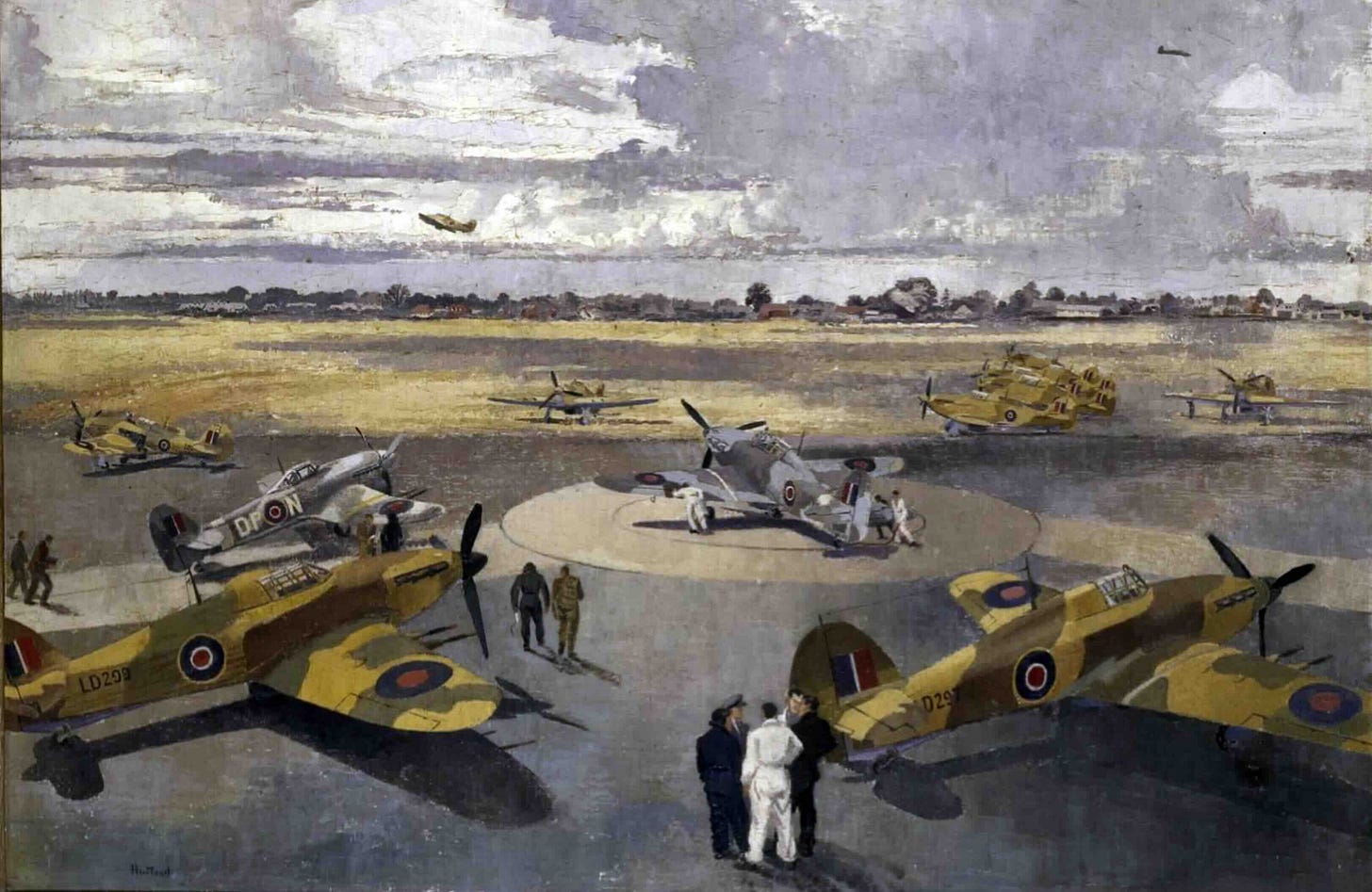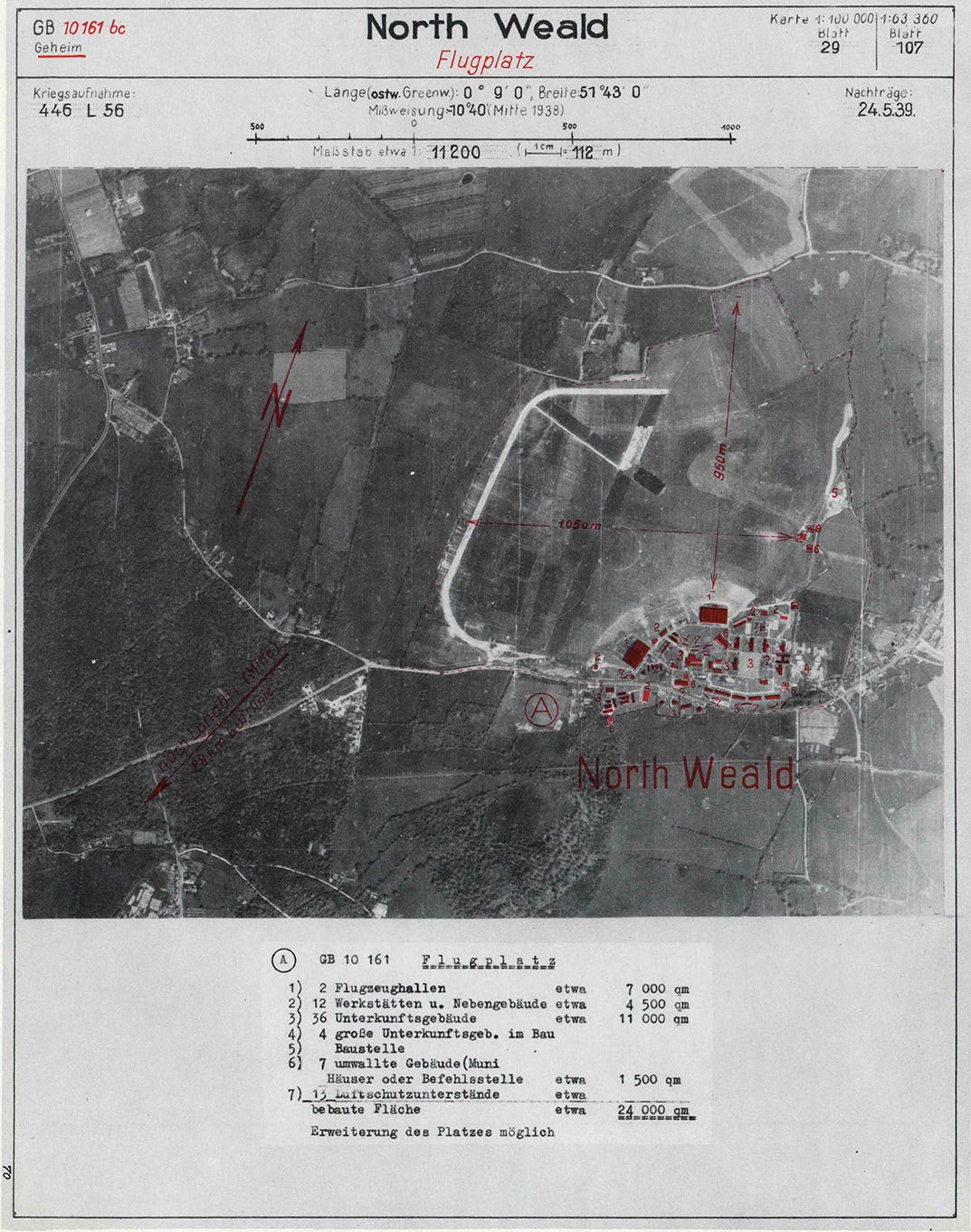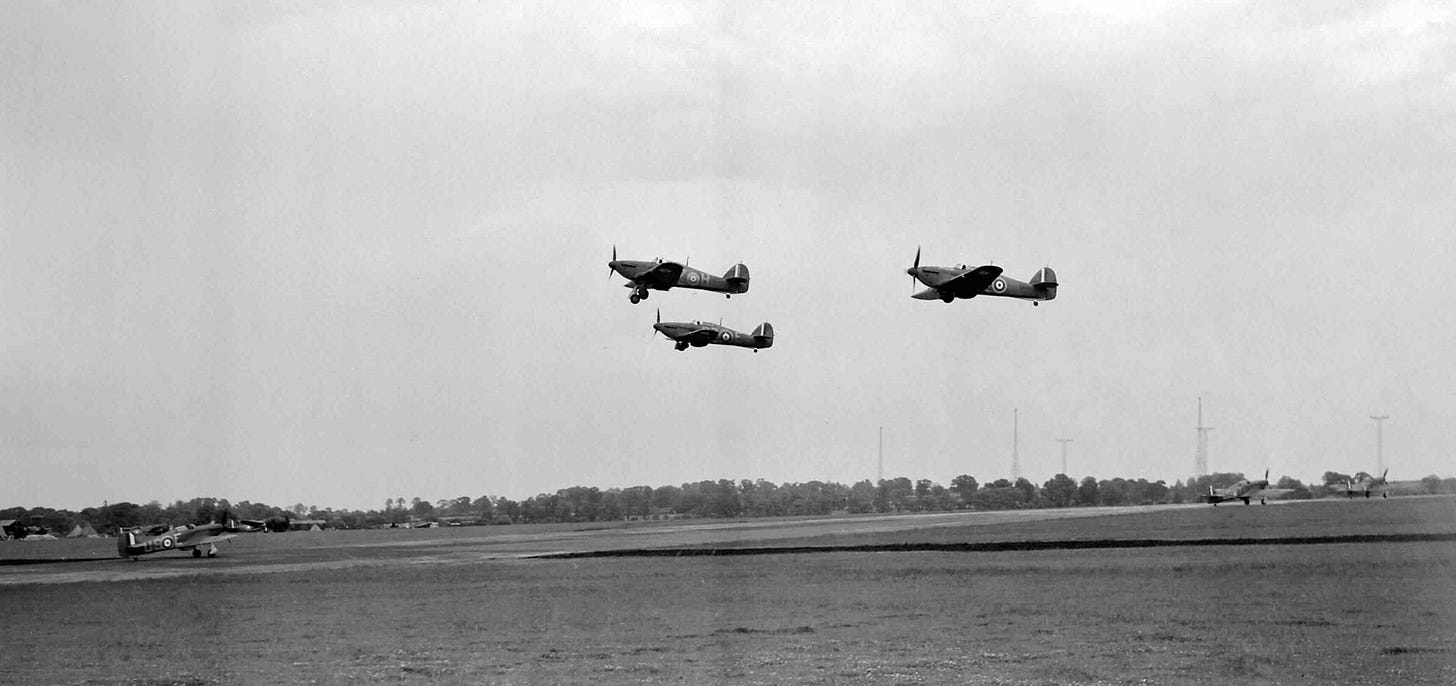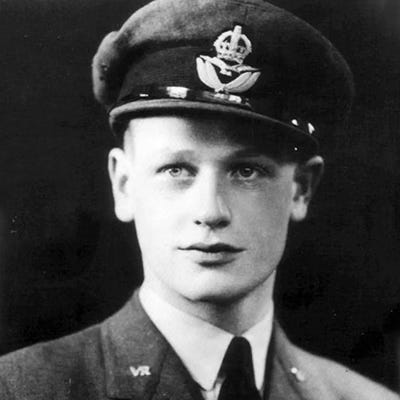Head on Attack
18th September 1940: A Hurricane fighter 'ace' participates in a blunt confrontation to disrupt a daylight bombing raid on London

The Battle of Britain might have shifted into a new phase as the Luftwaffe turned to bombing London rather than RAF airfields but there was little respite for the RAF fighter pilots.


Tom Neil had only been posted to his first Squadron on the 15th May, aged 19. He was to become one of the survivors of No. 249 Squadron and live on to become a legend long after the war. During the Battle of Britain, he flew 141 combat missions, shot down 12 enemy aircraft, including 6 Me 109s, and was awarded the DFC and bar within six months. It was only after his retirement in the 1980s that he settled down to write a series of memoirs1 - revealing himself to be a gifted writer, conveying his experiences with extraordinary vividness.

On the 18th September No. 249 Squadron, based at North Weald, stood between the Luftwaffe bombers and another devastating daylight raid on London:
Around lunch-time, we were scrambled again - an unusual liberty, in our opinion. The unwritten rule was, one or two trips in the morning then up to two in the middle and late afternoon. But, not over lunch, for heaven’s sake!
We climbed up towards the estuary and were about 16,000 feet flying eastwards when we were warned of a big raid approaching from the Deal area. Immediately dry-mouthed, I sensed another major engagement and checked around my cockpit.
Then, straight ahead and emerging out of nothing, the ack-ack and a mass of aircraft high up. 109s! After which, the familiar slow-moving wedge of larger aircraft. Heinkels again!


